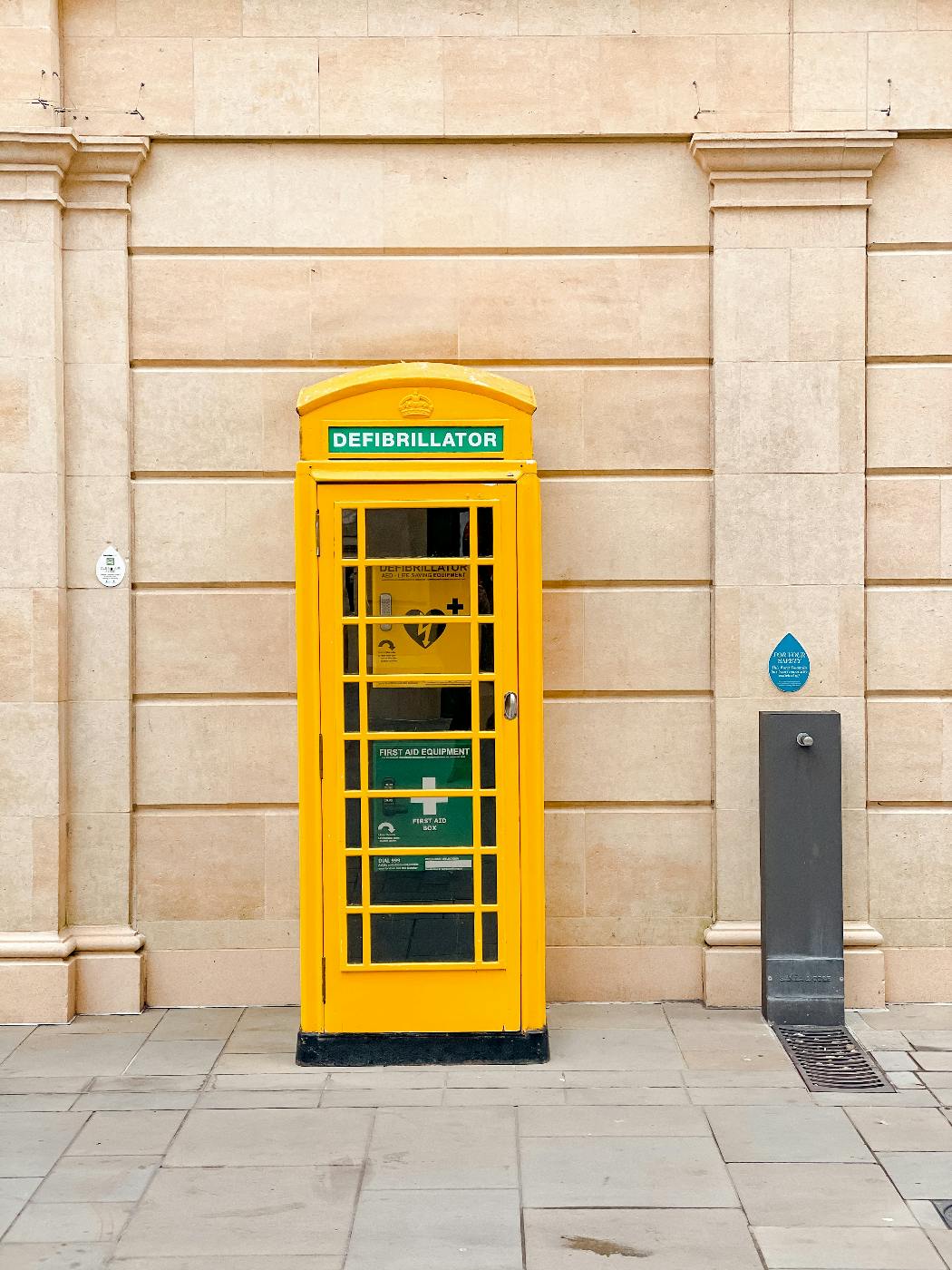
In a world inundated with brands and messages vying for consumer attention, establishing a consistent and recognizable brand identity is essential for success.
In a world inundated with brands and messages vying for consumer attention, establishing a consistent and recognizable brand identity is essential for success. A brand style guide is one of the most effective tools for achieving this. This comprehensive document serves as a roadmap, guiding your team and stakeholders in maintaining a uniform and compelling brand identity across all touchpoints. In this exploration, we will delve into the importance of a brand style guide, its key components, and the steps to create one that ensures your brand remains cohesive, distinct, and unforgettable.
The Power of a Strong Brand Identity
Before diving into the specifics of creating a brand style guide, let's first understand why a strong brand identity is vital. Your brand is more than just a logo; it's the soul of your business. It conveys the essence, values, and personality of your organization. A powerful brand identity can:
Build Trust: A consistent brand image establishes trust with your audience. When consumers encounter your brand repeatedly and see a clear, unified message, they begin to trust it more.
Differentiate: In a competitive market, setting your brand apart is essential. A distinctive brand identity helps you stand out and be remembered.
Enhance Recognition: Think about brands like Apple, Coca-Cola, or Nike; their logos are instantly recognizable. A well-designed brand identity can become an iconic symbol, making it easier for people to recognize and engage with your brand.
Foster Loyalty: Customers become loyal advocates When they identify with your brand's values and image. They not only return as customers but also recommend your products or services to others.
Streamline Decision-Making: A solid brand identity guides all your business decisions. It influences product design, marketing campaigns, and how you interact with customers. This coherence makes decision-making simpler and more efficient.
With these advantages in mind, it becomes clear why creating and maintaining a consistent brand identity is essential. A brand style guide is the compass that keeps you on the right path.
What is a Brand Style Guide?
A brand style guide, also known as a brand guidelines or brand manual, is a comprehensive document that outlines the rules, specifications, and standards for using your brand's visual and verbal elements. These elements may include the logo, typography, color palette, imagery, tone of voice, and more. The primary purpose of a brand style guide is to ensure that everyone involved in creating and promoting content for your brand understands and consistently adheres to these guidelines.
Key Components of a Brand Style Guide
Logo Usage: Your brand's logo is its most recognizable visual element. The style guide should provide clear instructions on how to use the logo, including size, placement, minimum clear space, and acceptable variations. It may also contain information about what not to do with the logo, such as distorting or altering it.
Color Palette: The color scheme used in your branding is crucial for creating a cohesive look and feel. A brand style guide should specify the primary and secondary colors, providing color codes (e.g., RGB, CMYK, and hexadecimal) for both print and digital use. It should also explain how and when each color should be used.
Typography: Your brand's choice of typefaces or fonts contributes significantly to its identity. The guide should detail the fonts used in your branding, including the primary font for headings and the secondary font for body text. It may also specify font sizes and variations.
Imagery and Photography: If your brand uses specific styles of imagery or photography, the style guide should provide examples and guidelines for selecting and using images. This can include recommendations for stock photos, photography style, image filters, and image placement.
Tone of Voice: The tone and style of your brand's communication are essential for conveying its personality. A brand style guide should outline the preferred tone of voice, including adjectives or phrases that describe the brand's personality. It can also provide examples of correct and incorrect language use.
Iconography and Symbols: Some brands use unique icons or symbols in their branding. If your brand does, include guidelines for their usage, size, spacing, and placement in the guide.
Layout and Design Principles: For businesses with specific design principles, the style guide can include instructions on layout, grid systems, and design principles to maintain consistency in printed materials, web design, and other collateral.
Usage on Different Media: Ensure that the style guide addresses the specific requirements for different media, such as print, digital, social media, and merchandise. Guidelines should be tailored to each medium's unique characteristics.
Examples and Inspiration: Providing real-world examples of correct branding usage can be highly beneficial. It helps team members and partners understand how to apply the guidelines effectively.
Legal Considerations: If there are any legal considerations related to your brand identity, such as copyright or trademark information, these should be included in the style guide.

Creating Your Brand Style Guide
Now that we understand the significance of a brand style guide and its key components let's outline the steps to create one:
Define Your Brand: Begin by defining your brand's core values, personality, and positioning. This foundational information will guide the development of all the components in your style guide.
Audit Existing Branding: If you already have branding elements in place, assess their effectiveness and consistency. Identify what's working and what needs improvement.
Create or Update Visual Elements: Design or update your logo, color palette, typography, and any other visual elements. Ensure these elements align with your brand's defined personality and values.
Photography and Imagery: Determine the style and guidelines for imagery that complements your brand. This might include image filters, shot composition, and the types of images that resonate with your target audience.
Tone of Voice: Develop a tone of voice that reflects your brand's personality and values. Consider the language you use, whether it's formal, informal, friendly, or professional.
Design Layout and Principles: If applicable, establish a design layout and principles that should be followed in all marketing collateral and materials. This ensures a consistent visual style.
Legal Considerations: Ensure that your branding elements are legally protected, and include any relevant copyright or trademark information in your style guide.
Write the Style Guide: Compile all the elements and guidelines into a well-organized document. This can be done in-house or with the assistance of a professional graphic designer or branding agency.
Review and Refine: Before finalizing the style guide, have it reviewed by key team members, stakeholders, and, if necessary, legal counsel. Refine the guide based on their feedback.
Distribution and Training: Once the style guide is complete, distribute it to all team members and partners who will be involved in creating content for your brand. Ensure that they understand its importance and how to use it effectively.
Ongoing Maintenance: A brand style guide is not static; it should evolve with your brand. Regularly review and update it to accommodate branding and industry trends changes.
Real-World Examples of Effective Brand Style Guides
Many successful brands have created comprehensive and visually appealing style guides that contribute to their strong, recognizable identities. Here are two examples:
Apple
Apple's brand style guide is a model of simplicity and elegance, mirroring the design philosophy of its products. It focuses on clean lines, minimalism, and a limited color palette. The guide includes detailed specifications for logo usage, color codes, typography, and even product photography guidelines.
MailChimp
MailChimp's brand style guide is playful and visually engaging, reflecting the company's personality. It includes not only the typical elements but also guidance on using their mascot, Freddie the Chimp. The guide is presented in a user-friendly and interactive format, making it engaging and easy to navigate.
These examples demonstrate that a brand style guide should reflect the brand's personality and be user-friendly. It's not just about setting rules but also about inspiring and guiding creativity within the established parameters.

Summing Up
In an era where first impressions matter more than ever, a well-crafted brand style guide is the roadmap to maintaining a consistent and powerful brand identity. It's a tool that fosters trust, recognition, and loyalty among your audience. By clearly defining your visual and verbal elements, you ensure that everyone involved in creating content for your brand is on the same page, preserving your brand's integrity.
Remember that your brand style guide is a living document that should evolve with your brand. Regularly review and update it to stay aligned with your business's and industry's shifting tides. In doing so, you'll create a brand identity that remains fresh, relevant, and unforgettable in the eyes of your audience.
You Should Know
ThoughtLab is a dynamic and innovative full-service creative agency renowned for its exceptional branding prowess and relentless commitment to thinking outside the box. With a team of visionary creatives, strategists, Web3, and marketing experts, plus decades of superior website design, ThoughtLab consistently delivers groundbreaking solutions that redefine the boundaries of branding and design. They understand that in today's fast-paced and competitive landscape, breaking away from convention and embracing bold, unique ideas is vital.
ThoughtLab's approach involves immersing themselves in their client's businesses, understanding their values and aspirations, and crafting tailor-made branding experiences that resonate deeply with the target audience. Their track record of success stands as a testament to their ability to push creative boundaries, captivate audiences, and ensure their client's brands stand out amidst the noise. With a focus on innovation and a passion for excellence, ThoughtLab continues to be at the forefront of revolutionizing the world of branding and marketing. Contact ThoughtLab today.

